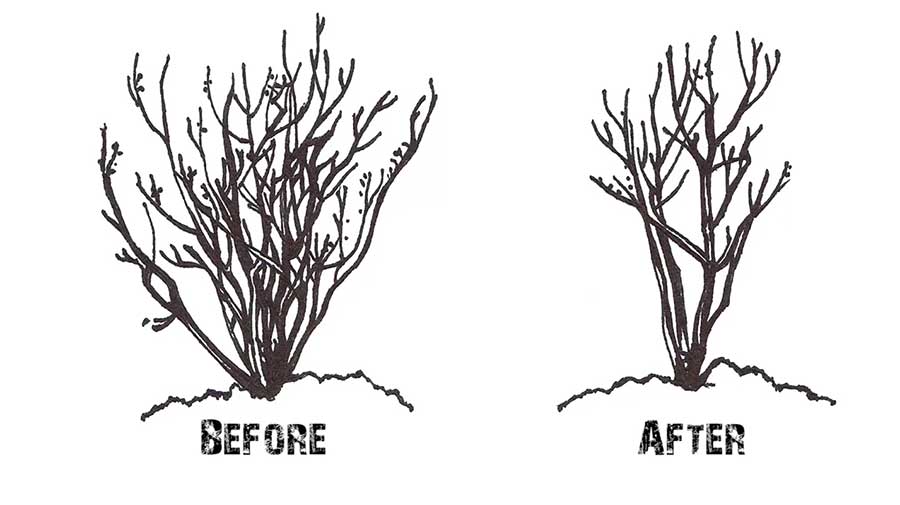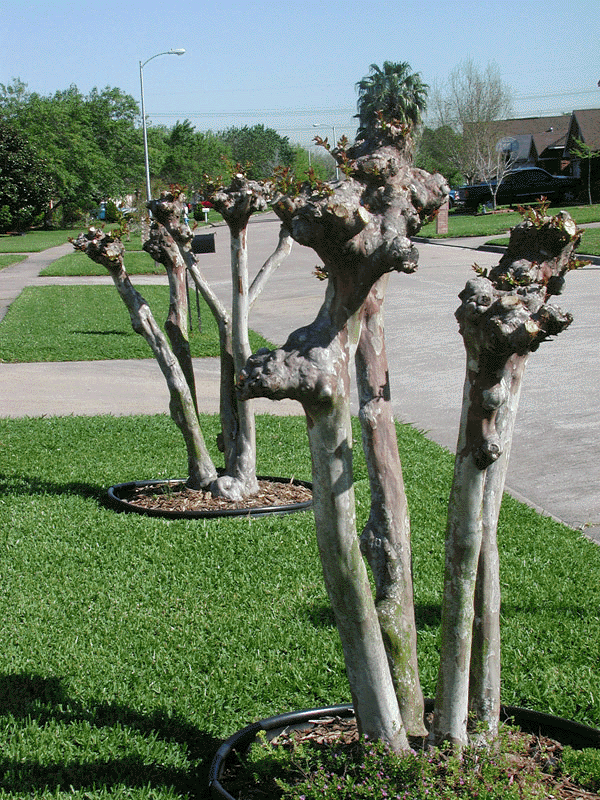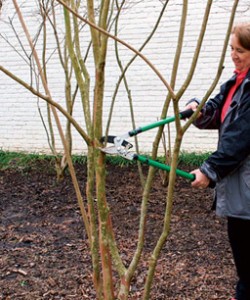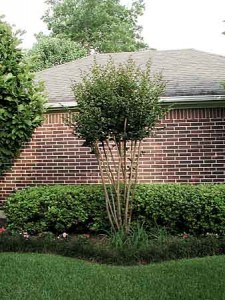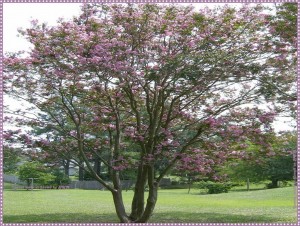How to Prune Crapemyrtles Correctly
This article covers the topic of pruning Crapemyrtles (also spelled Crepemyrtle, Crepe Myrtle or Crape Myrtle). Quick note; this is a great time to inspect your crepes for a serious pest called Crapemyrtle Bark Scale (CMBS). Here is our complete blog post on this pest, including how to identify and treat it.
When to Prune?
If you do choose to prune your crepe myrtles, pruning should take place in mid-February to avoid winter injury. Pruning should be done only to shape the tree; not to severely control plant height.
Pruning is also not necessary for blooming. The seed heads from last year can remain on the plant all year, and you will still get good blooming in the current year.
What is the correct method?
First of all, pruning crapemyrtles is optional; if the plant is in the correct place and can grow to its mature size, let it grow!
If you need to prune your crapemyrtle tree or shrub, thinning branches to limb up the crapemyrtle is the correct method. Remove lower limbs that are thinner than a pencil diameter.
While the plant is young, it is acceptable to prune the top of the branches. When it gets older, this is unacceptable.
As a bonus, pruning correctly is much less work than incorrectly pruning!
What is the incorrect method?
This is a well debated issue and one that plays out differently all over town. Some of us even call the severe pruning of crapemyrtles ‘crape murder’! Crape murder weakens the plant making it more susceptible to disease and insect infestations.
If the plant is improperly placed and gets too large for its current position, consider transplanting it before a severe pruning. Crapemyrtles transplant very well!
A severe pruning will result in a ‘knee’ and will result in many smaller weak limbs shooting out from the knee. If cut in the same place each year, the plants develop a knob on the end which is particularly unsightly in the winter. Pruning lower limbs that are less than a pencils’ width in diameter is completely acceptable since this will not leave any scars.
There is one exception to this rule; harsh pruning of dwarf crapemyrtles is acceptable and will not result in ‘knees’.
If you are going to prune, prune correctly!
So, in conclusion, crapemyrtles trees are usually grown as small trees with 3 to 5 trunks that are kept free of small limbs up on the lower part of the tree (up to 2/3 of the height). Thinning of limbs every few years will encourage new growth and blooming but remember to prune only limbs that are less than a pencils’ width in diameter. While the trees are young, the tips of the small limbs can be pruned off (again only those a pencil width diameter or less). As the tree grows, it become difficult and even dangerous to prune the top and it’s not necessary anyway. Here are a few images of correct and incorrect pruning.
And if you are in the market for a crepe myrtle, remember that they come in all sizes and bloom colors. Come see us and we will help you find the one that works best in your space so you can avoid crape murder!
Bad crapemyrtle pruning:
Good crapemyrtle pruning:
This is the correct way to prune a crapemyrtle! Notice that the horticulturist is taking off only low limbs that are small in diameter, while leaving the large trunks in place.
Here are some images of tree crapemyrtles after both correct and incorrect pruning:
Growth after incorrect crapemyrtle pruning:
Growth after correct crapemyrtle pruning. Isn’t that a beautiful tree?!
